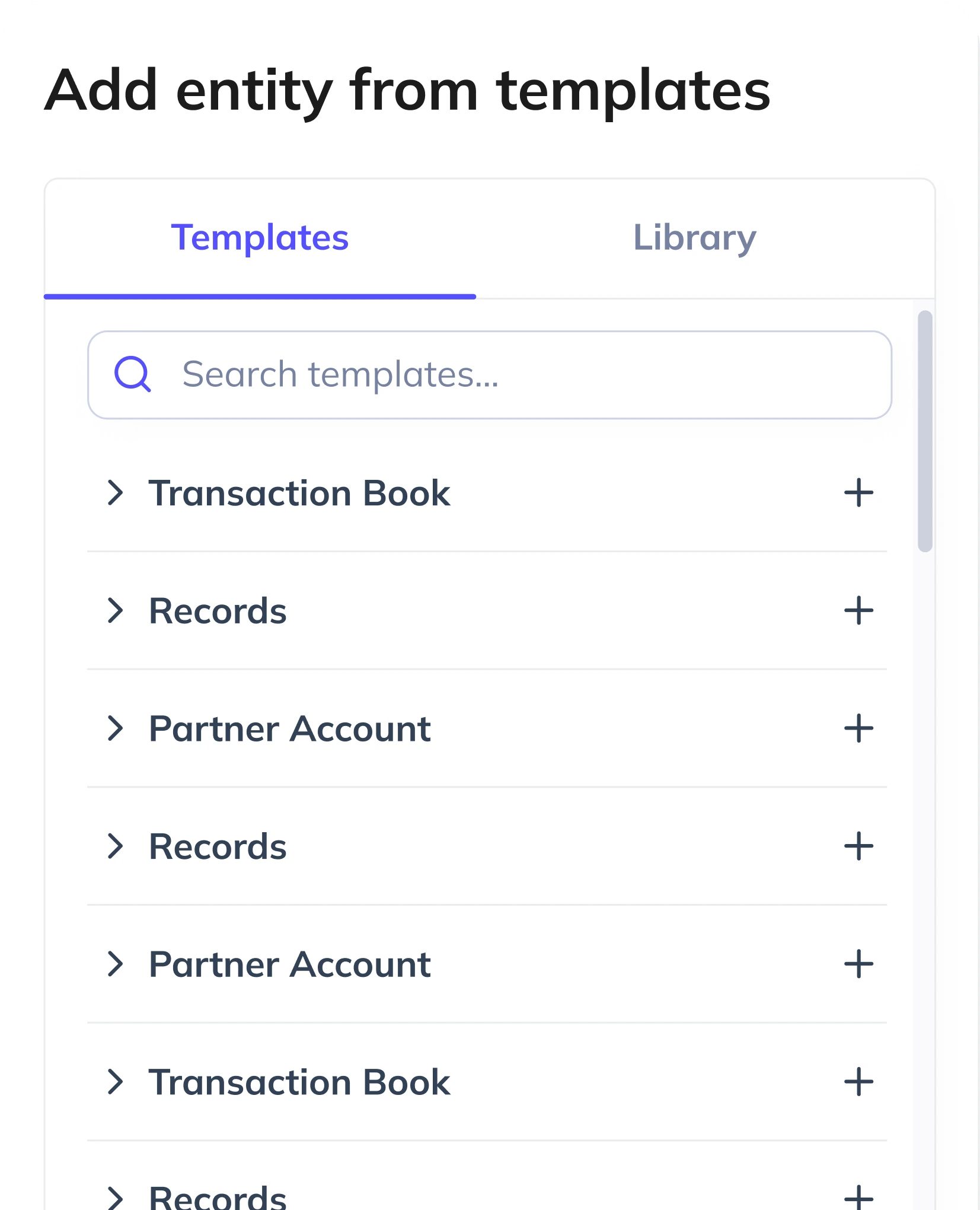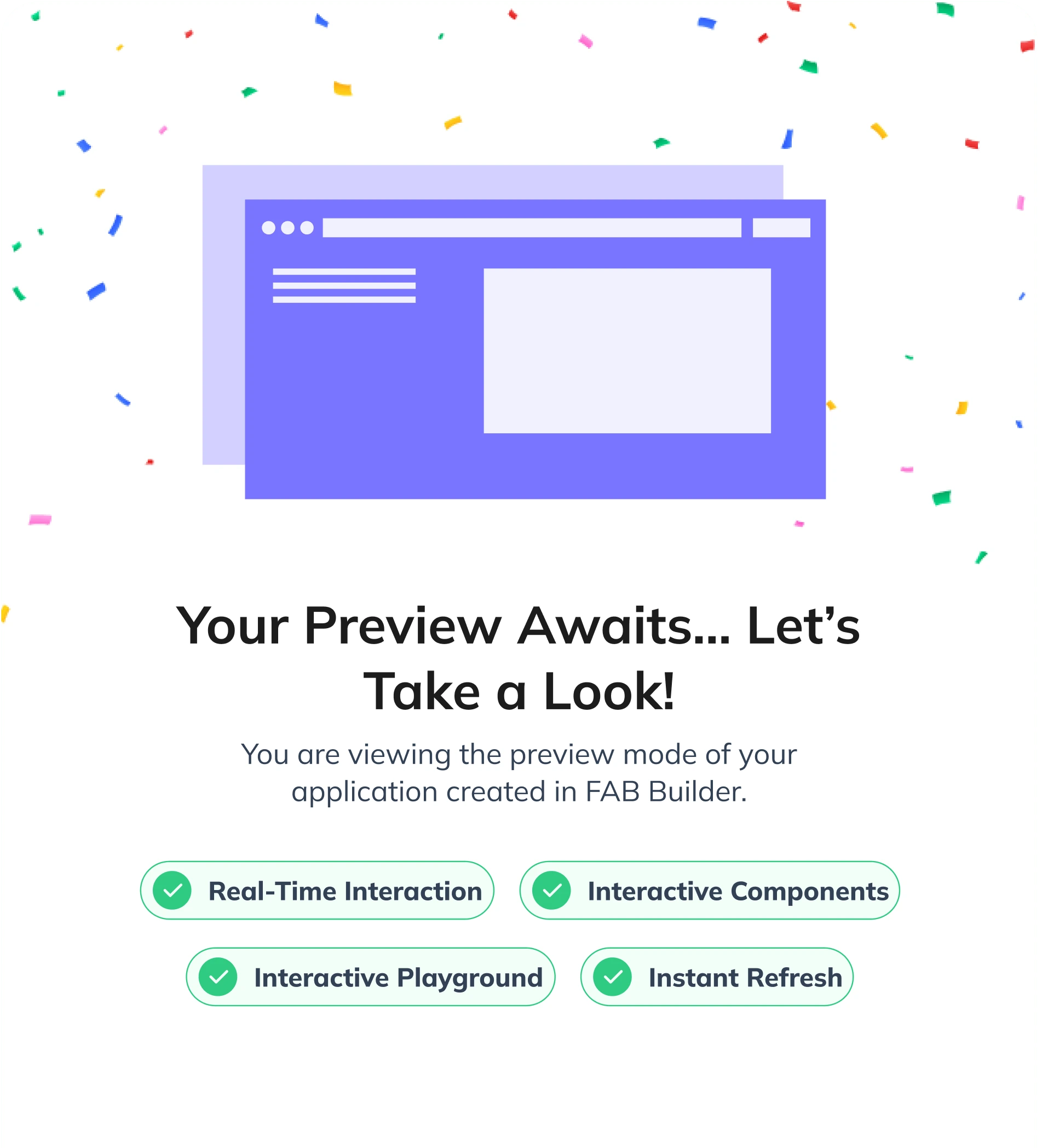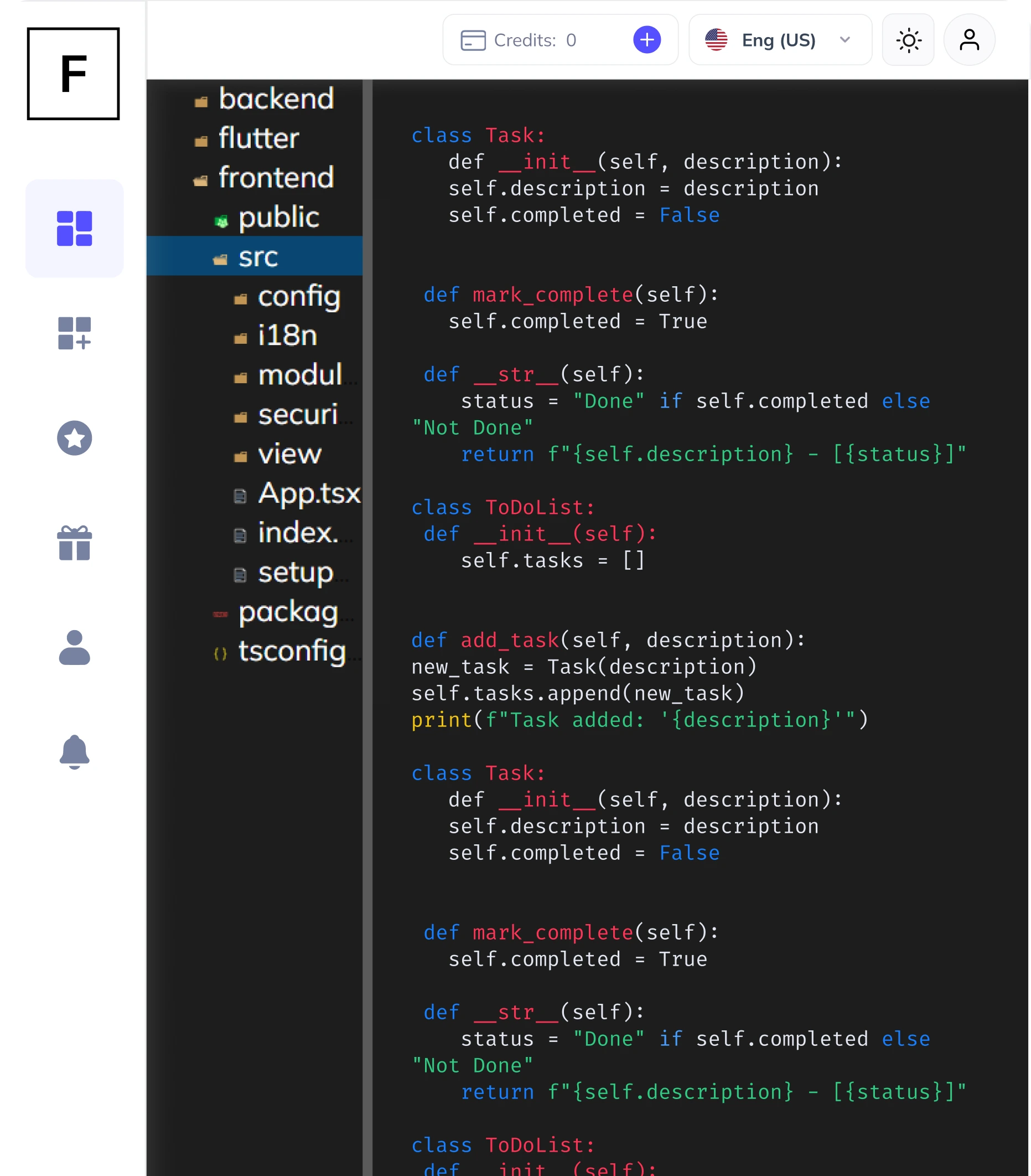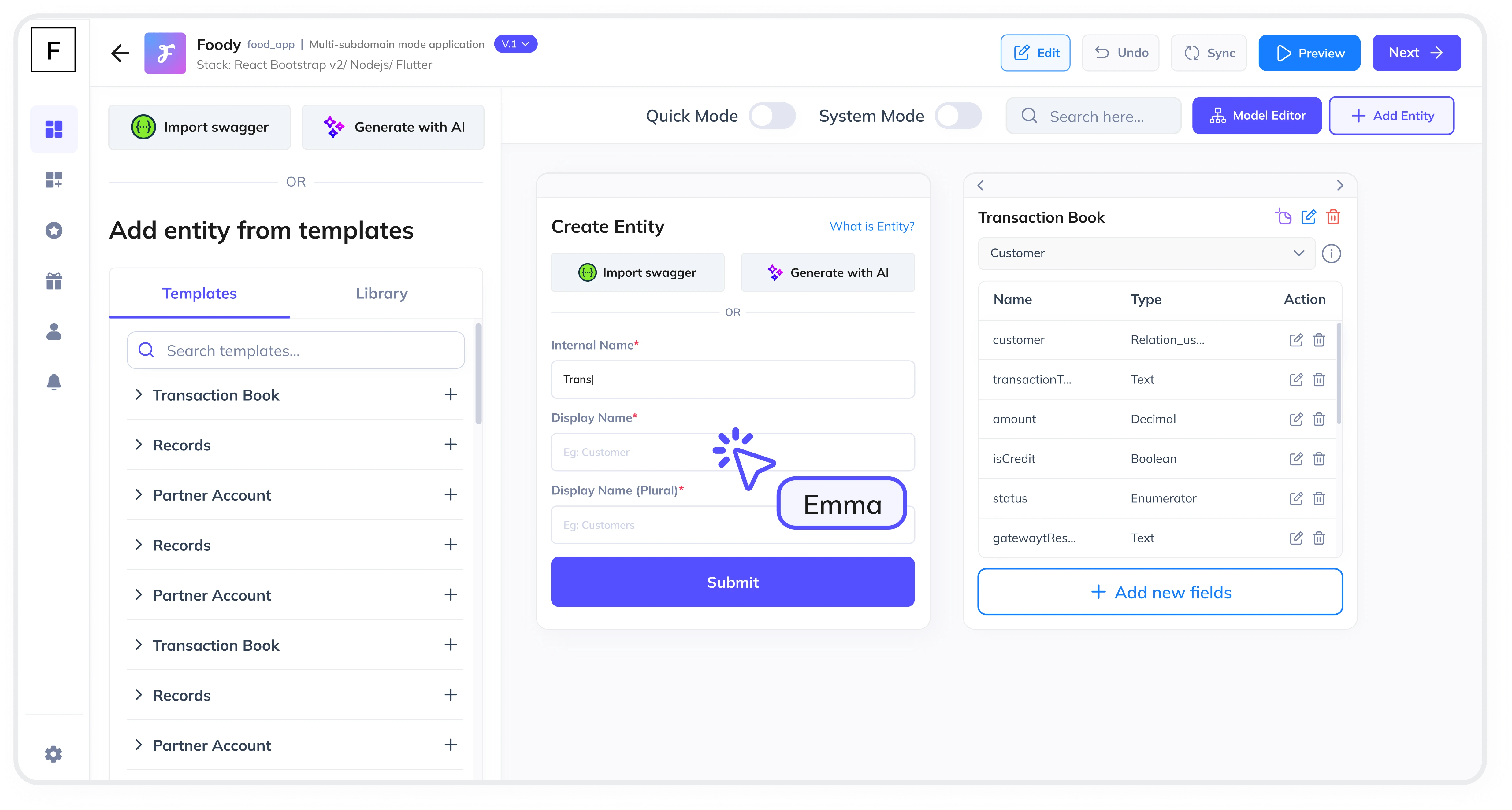Summarize and analyze this article with:
The Assessments Module is a critical component of any Learning Management System (LMS). It enables educators to evaluate student performance through quizzes, assignments, and exams. This guide will walk you through the step-by-step process of creating a robust Assessments Module for your LMS, ensuring it meets the needs of both instructors and students.
Why is an Assessments Module Important?
An Assessments Module is essential for tracking student progress, providing feedback, and ensuring fair evaluation. It offers features like quiz creation, auto-grading, customizable rubrics, and detailed analytics. These tools help streamline the evaluation process and provide actionable insights into student performance.
Step 1: Define Your Requirements
Before diving into development, outline the key features your Assessments Module should include. Common features are:
- Quiz creation with multiple question types (MCQs, True/False, Essay, etc.)
- Auto-grading for instant feedback
- Customizable rubrics for fair scoring
- Assignment submission with plagiarism detection
- Time limits and deadlines for assessments
- Analytics and reporting for performance insights
Step 2: Choose the Right Technology Stack
Selecting the right technology stack is crucial for scalability and flexibility. With FAB Builder, you can choose from a variety of tech stacks like MERN, MEAN, ReactJs with AntDesign, or even native Android and iOS development. FAB Builder ensures seamless interoperability, allowing you to switch tech stacks at any stage of development without losing functionality.
Step 3: Design the User Interface
Create an intuitive and user-friendly interface for both instructors and students. Key UI components include:
- Dashboard for instructors to create and manage assessments
- Student portal for taking quizzes and submitting assignments
- Analytics dashboard for performance tracking
Step 4: Develop Core Features
Implement the core features of your Assessments Module:
- Quiz Creation: Allow instructors to create quizzes with various question types. Use FAB Builder's AI-assisted entity creation to automate this process.
- Auto-Grading: Implement algorithms to grade objective questions instantly.
- Customizable Rubrics: Enable instructors to define scoring criteria for subjective assessments.
- Plagiarism Detection: Integrate tools to ensure originality in student submissions.
Step 5: Add Advanced Features
Enhance your module with advanced features like:
- Bulk Data Import/Export: Use FAB Builder's built-in functionality to import/export data via Excel for reporting and analysis.
- Role-Based Permissions: Ensure that only authorized users can access sensitive data.
- File Storage Integration: Choose from File System, AWS S3, Google Cloud Storage, or other providers for scalable file storage.
Step 6: Integrate Payment Gateways
If your LMS is a SaaS product, integrate payment gateways like Stripe, RazorPay, or PayPal to enable subscription-based models. FAB Builder supports multi-tenant configurations, making it easy to sell subscriptions to B2B consumers.
Step 7: Test and Deploy
Thoroughly test your Assessments Module to ensure it meets all requirements. Once tested, deploy it to the cloud using FAB Builder's one-click deployment for AWS, GCP, or Azure.
Step 8: Monitor and Optimize
Use analytics to monitor student performance and module usage. Continuously optimize the module based on feedback and performance data.

Why Choose FAB Builder?
FAB Builder is a low-code platform that simplifies the development of full-stack applications, including LMS. With features like AI-assisted entity creation, multi-tenant configurations, and one-click cloud deployment, FAB Builder ensures your application is production-ready and scalable. Plus, all generated code is downloadable, giving you full control over your intellectual property.
Ready to build your LMS Assessments Module?
Explore FAB Builder today and take your application development to the next level.


















